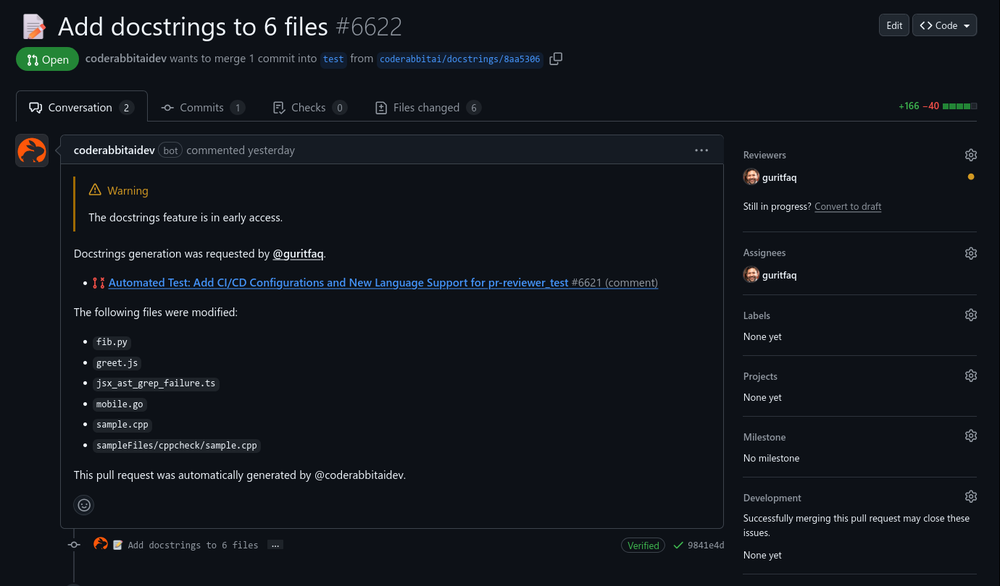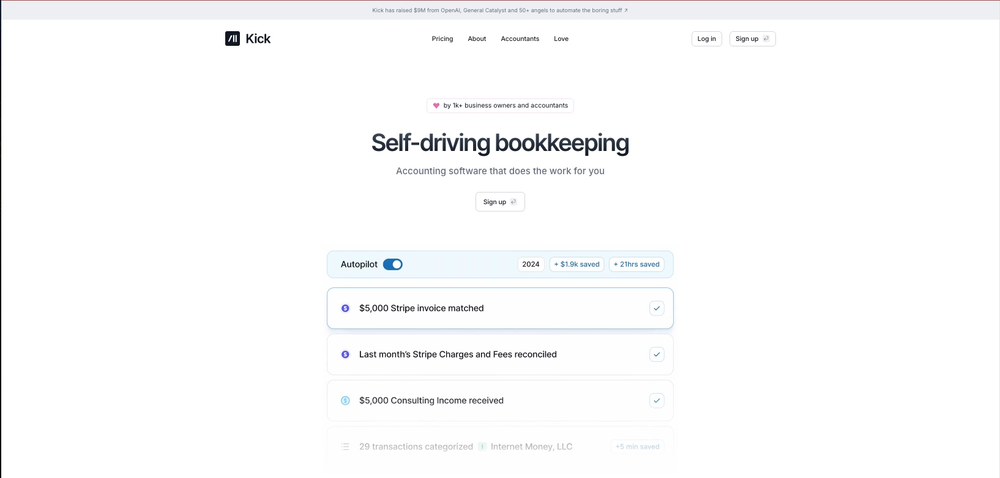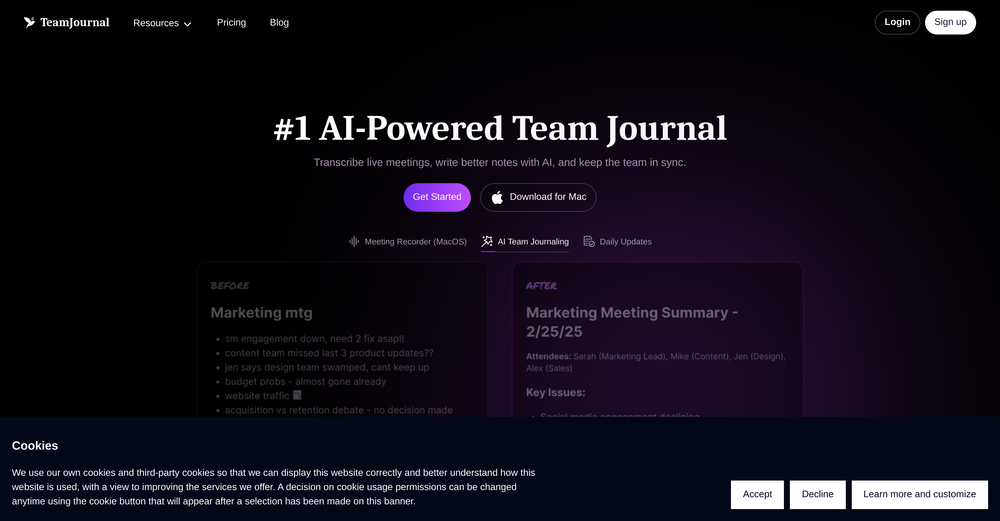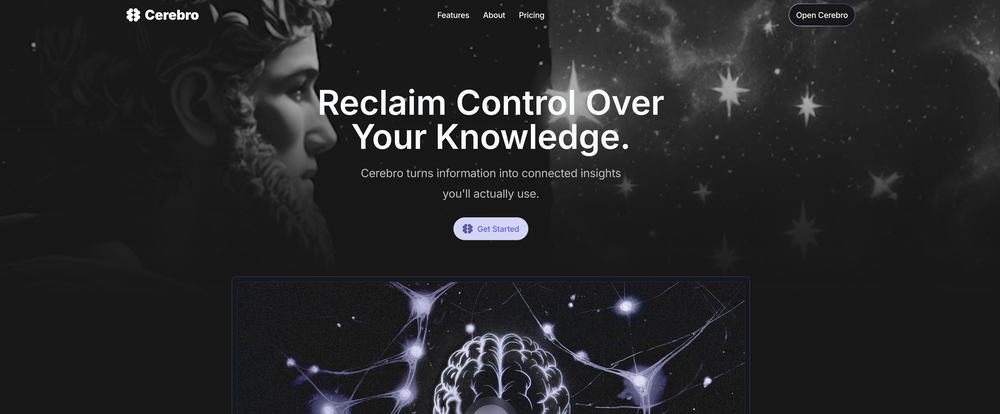What is Trellis AI widely used for?
Trellis AI is widely used for structuring and streamlining complex datasets. It can convert unstructured data into SQL-ready formats, significantly benefiting data and operation teams. Its core features bring great value to end users - namely, summarizing company descriptions, extracting provider names, classifying support queries, analyzing customer sentiments, summarizing customer requests, and classifying loan applications. Being able to support various data formats and direct integration with multiple data sources, it is especially useful in dealing with unstructured data sources such as financial documents, emails, and voice calls.
How does Trellis AI convert unstructured data into SQL-ready formats?
Trellis AI uses its advanced artificial intelligence engine to convert unstructured data into structured, SQL-ready formats. It takes complex forms of information from various sources, processes them, and then transforms them into a format that can be readily used by SQL. The transformation is achieved through its skills to extract, classify or summarize assets. This AI-powered transformation eliminates the need for custom data pipelines, allowing teams to define their schema in natural language. Trellis AI then handles the rest of the transformation process.
Which data formats are supported by Trellis AI?
Trellis AI supports multiple data formats. These include PDF, HTML, images, and audio files. Its state-of-the-art parsing engine combines with a finely tuned vision AI model to effectively understand and process data in these many formats.
What types of data can Trellis AI work with?
Trellis AI works with a wide range of unstructured data. This includes but is not limited to information from financial documents, emails, and voice calls. Given its intelligent AI engine, it can convert this complex and unstructured data into SQL-ready formats, streamlining the data for easier processing and analysis.
How does Trellis AI classify support queries?
Trellis AI classifies support queries intelligently using varied parameters. This can range from categorizing queries into buckets like pricing or customer service, improving how teams can respond to and manage these queries. The actual classification processes and criteria are determined by the custom logic developed, based on the unique needs and requirements of each use case.
How does Trellis AI analyze customer sentiments?
The analysis of customer sentiments by Trellis AI is driven by the advanced machine learning algorithms it employs. These algorithms interpret and analyze the content of customer messages to determine sentiments. The specifics of this feature are determined by the specific needs of each application and use case. However, at its core, this functionality allows companies to interpret the emotional tone of their customers' communications, allowing them to respond in more informed and empathetic ways.
What kind of documents can Trellis AI process?
Trellis AI processes a vast array of complex documents. Specifically, it is used to process complex documents such as bonds, credit ratings, and underwriting documents in the financial services industries.
What is the process for defining schema in Trellis AI using natural language?
In Trellis AI, teams define their schema using natural language. This is part of the platform's AI-powered transformation process. Once the schema is defined in natural language, Trellis AI takes care of the rest. It processes and structures the data based on this schema, eliminating the need for manual data workflows or the construction of custom data pipelines.
How does Trellis AI integrate with existing data warehouses?
Trellis AI integrates directly with existing data warehouses. It can run directly on top of an existing data warehouse, making it efficient and seamless to implement. This deep integration capability allows teams to simplify their data operations and run their analytics right where their data lives.
Can Trellis AI classify loan applications?
Yes, Trellis AI can classify loan applications. It can process loan applications and classify them into specific labels as needed. The parameters of this classification will depend entirely on the custom logic built into the system, allowing for a high degree of flexibility and customization to suit the needs of the end user.
What does Trellis AI's sentiment analysis feature entail?
Trellis AI's sentiment analysis feature involves a detailed review and interpretation of customer messages to determine their underlying sentiment. Using advanced machine learning algorithms, this tool can analyze text to determine whether the communication is positive, negative or neutral. The outcome of this analysis can then help guide a company's response, helping ensure it matches the emotional tone and content of the customer's original message.
Does Trellis AI support audio files as a data source?
Yes, Trellis AI supports audio files as a data source. This illustrates the system's ability to handle a wide range of unstructured data, converting it into a structured format that's suitable for further processing and analysis.
What kind of custom logic can I build in Trellis AI for validation?
In Trellis AI, users can build custom logic to validate outputs. This logic is designed with flexibility in mind, allowing it to cater specifically to the unique needs and qualifications of the user's operations. Using this logic, outputs can be validated and any outliers and anomalies in the data can be properly identified and flagged.
What type of AI model does Trellis AI use to understand data?
Trellis AI combines a finely-tuned vision AI model with a state-of-the-art parsing engine to understand provided content. It uses artificial intelligence to go beyond basic patterns and understand subtler nuances in the data, thereby enhancing accuracy of extraction and data processing.
How does Trellis AI extract company descriptions?
Trellis AI has feature to summarize company descriptions. This involves extracting the essential details from company profiles and then presenting these details in a concise and easy-to-understand format.
How many data sources does Trellis AI support for direct integration?
Trellis AI supports direct integration with more than 200 different data sources. This connectivity spans across a wide range of database formats and includes not just basic data storage platforms, but also a variety of more specialized sources. This expansive integration capacity allows Trellis AI to be flexible enough to fit into almost any data infrastructure.
How does Trellis AI deal with outliers and anomalies in data?
Trellis AI has mechanisms in place to deal with outliers and anomalies in data. Its robust validation and monitoring process flags any outliers and anomalous data points. Quick build custom logic is used to validate the outputs, allowing discrepancies to be identified before the data goes into production. This helps maintain data quality and ensures that data inputs are as accurate as possible.
How does Trellis AI streamline complex datasets?
Trellis AI streamlines complex datasets by transforming them into SQL-ready formats using artificial intelligence. It is capable of summarizing company descriptions, extracting provider names, classifying support queries, analyzing customer sentiments, summarizing customer requests, and classifying loan applications. Furthermore, it integrates with a wide range of data sources and can work efficiently with existing data warehouses. Overall, Trellis AI's capabilities simplify the task of managing unstructured data, empowering teams to focus on using their data, rather than wrestling it into shape.

 Reducing manual efforts in first-pass during code-review process helps speed up the "final check" before merging PRs
Reducing manual efforts in first-pass during code-review process helps speed up the "final check" before merging PRs This team took the time to understand the industry, problem and its users and designed a perfectly engineered solution. Kudos.
This team took the time to understand the industry, problem and its users and designed a perfectly engineered solution. Kudos.
 was surprised that this tools handles handwritten invoices, still has a room for improvement but it works
was surprised that this tools handles handwritten invoices, still has a room for improvement but it works




How would you rate Trellis AI?
Help other people by letting them know if this AI was useful.